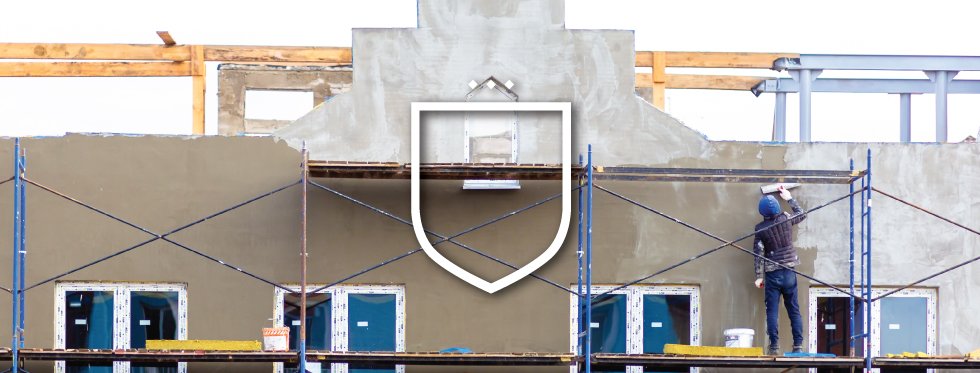
What is a maintenance plan?
A maintenance plan is where all lot owners in an Owners Corporation contribute fairly towards common property maintenance.
In order to develop an effective maintenance plan, adequate planning is required to ensure that funds are allocated appropriately and that excessive funds are not collected through special levies. The budget should have progressive growth, adequate funds for the initial, short, and long-term repairs and replacements. Owners are therefore able to know what they are responsible for yearly and contribute fairly for their use. Regular budget reviews are necessary to ensure that contributions and expenditures are balanced.
Types of maintenance.
All properties, regardless of their size will require repairs, maintenance and long‐term replacement of capital items. This could be items such as;
- Replacing fencing
- Repairs and replacement of concrete paths
- Repairs and painting
- Roof refurbishments and gutter replacement.
Many also have common property major infrastructure such as a passenger lifts, fire detection, sprinklers, mechanical ventilation, security systems, hydraulic services as well as internal finishes such as painting and carpet.
How can it save money?
It can be difficult to have owners invest their money in an account they don’t control, especially when they’re not obligated to invest over time. As a result, property maintenance decisions are made reactively rather than proactively. Taking a proactive approach to building maintenance can ensure the longevity of those building elements and result in significant cost savings.
Recent changes to the Owners Corporation legislation now require strata developments with 51 lots or more must have a maintenance plan for their site. However, many properties with less than 51 lots still require funding for major works such as passenger lifts, roof replacement, external painting and other plant and equipment.
All owners and committee members should be reminded that one of the primary roles of the Owners Corporation and its functions is to repair and maintain the common property and must act in good faith and exercise care and due diligence. Secondly, it is not unreasonable or unforeseeable that a building costs money to repair and maintain.
Other benefits for a maintenance plan.
- Long term needs of building are assessed and funded.
- Potential problems may be identified early when plan is being prepared or reviewed.
- Promotes a view of a well-maintained building and prudent Owners Corporation.
- Special levy is typically not required.
- Financial certainty for all owners.
- Add value to your investment.
- Promotes saleable units and liveable Owners Corporations.
Setting up a maintenance plan.
All Owners Corporations, regardless of their size should be aware of their buildings and specific needs, and develop a maintenance plan to ensure some form of funding is in place to ensure all lot owners contribute fairly. The following should be addressed if no maintenance plan is in place.
- Owners to have a maintenance inspection undertaken.
- Identify the known and potentially unknown cost cycles (the earlier the better).
- The committee to have a “Maintenance Plan Review Meeting.”
- The committee should ask questions and understand the plan.
- Don’t set and forget and be proactive.
- Review the plan and budget at least every 3-5 years.
Thank you to the team at Mabi Services for providing us with this information. Visit their website to see how they can help your Owners Corporation with a long-term maintenance plan.


